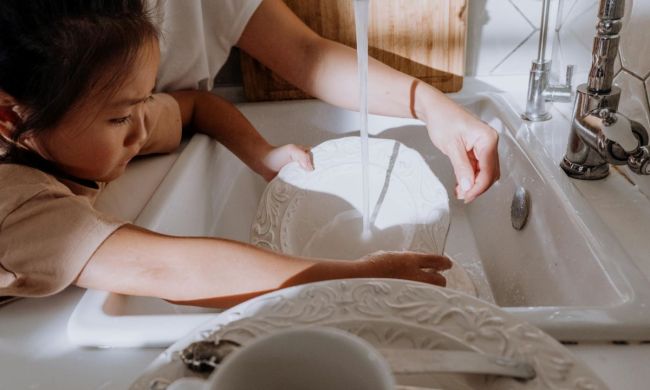While being a new mother can be exciting, it can also be very taxing on a mom’s body and on their mental health as well. Moms literally grew a human inside of them and bring them into the world, and that’s why they need to give themselves grace after having a baby. If you’re a new mom, you need to be able to have a moment to yourself sometimes after being with the baby all day. An easy way to get a break is to ask your partner to watch the little one while you practice some much-needed self-care for new moms.
How to practice self-care
Leave the shopping to someone else
The last thing you want to worry about after having a baby is grocery shopping. It can feel pretty exhausting, especially in the few weeks after you had your baby. You might not have the energy to dress the baby, put them in their car seat, and carry them around a grocery store. There are quite a few different grocery shipping services like Shipt, Instacart, and more. Your local grocery store may even have a service just like that, too. It’s just as easy as choosing what items you want, and your personal shopper does all the shopping. Your delivery will be on your step before you know it. Nutrition is extremely important when it comes to building back up some vital nutrients and vitamins.

Breathe
One of the easiest things that new moms can do is to take deep breaths. It helps to calm the nerves if you’re a little anxious and it can be an extremely helpful thing when you want to take a mental step back quickly to calm yourself. It will also help to give you clearer thinking and a sense of peace when you do some deep breathing. You can even look on websites like YouTube for a great variety of different breathing exercises that you can do.
Take a nap
You are bound to feel tired in the days and weeks after delivering a baby. Your body will need a lot more sleep in order to heal. Not only does this include getting plenty of rest at night when you can, but also taking a nap during the day if you need it. If the baby is napping, nothing says that you cannot take a nap as well. Doing so will help you to recharge your batteries and wake up feeling refreshed and ready to go do what you need to do.

Exercise
One of the best ways to help you feel more like yourself again is to be physical and exercise when you can. However, one of the things about exercising postpartum is that you should speak to your doctor before starting any kind of workout program. Once you have their advice about it, you can start exercising, which releases endorphins, which are “happy chemicals” that your brain gives off. You can even bond with your baby and start going on slow walks with them.
Indulge in a hot bath
If you had a set morning our nighttime ritual before the baby, get back into it. You can easily do it right after you put your little one down to sleep at night. Perhaps you enjoy a nice hot shower or bath, a little face cream if you use it, or another nice way to just relax for the night. By taking a hot bath or a shower, you are relaxing your muscles that you’ve held tense all day, in addition to giving yourself some time for you, where you can just clear your head and think.
Quiet time
Having a special “quiet time” is a wonderful way to just take the time to slow down after everything the day has thrown at you. Quiet time can be anything you want, really. If you just want to sit outside for a little bit to soak up some sun while your partner or other caregiver watches the baby, that can be your quiet time. Other times, it can be something as simple as sitting and breathing. Other quiet time activities can include journaling, which is a great way for you to kind of do a “brain dump” of all of your feelings that happened that day.
Self-care is something that is for everybody. New moms definitely need it, and there are plenty of ways that they can easily do some self-care for themselves. If other children are involved, practicing self-care sets an example for children if they see their mom taking care of herself after having a baby.


